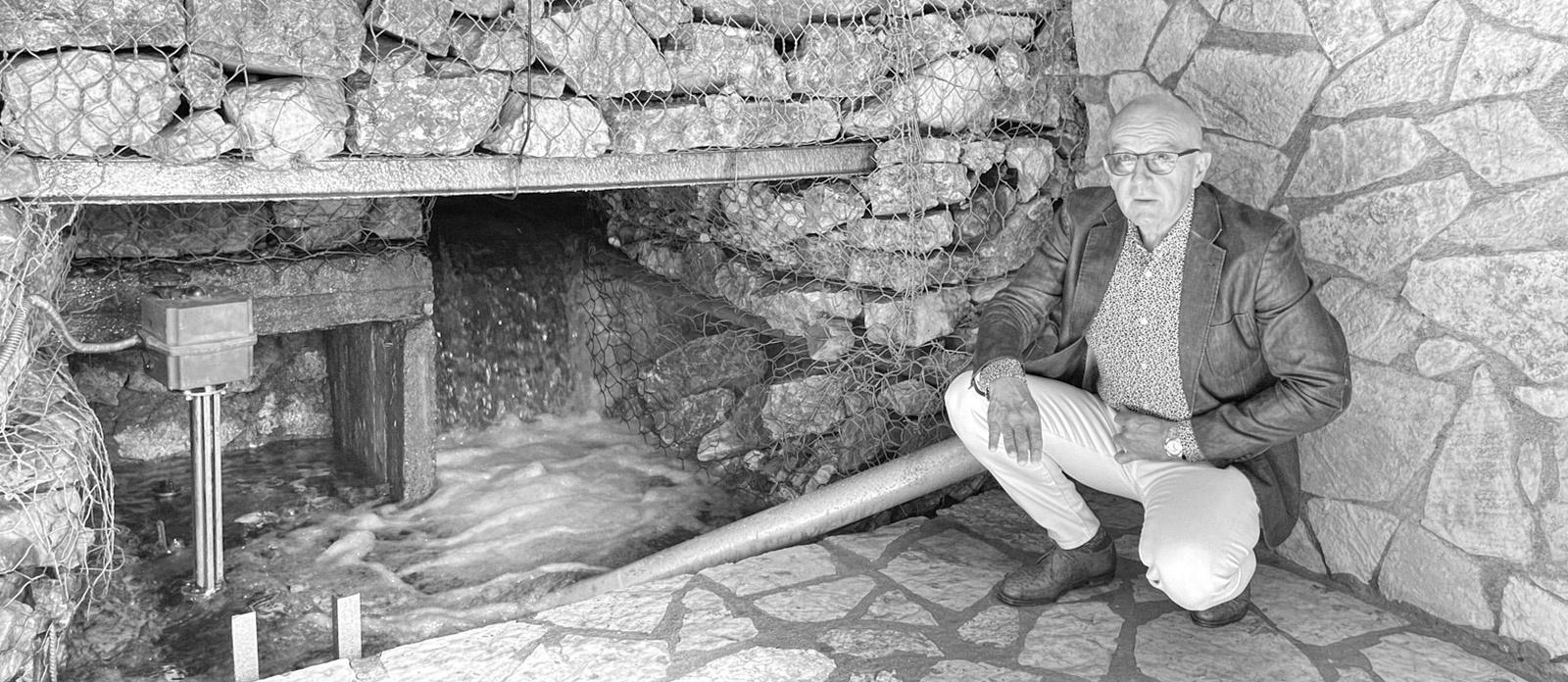 Theoni spring, Karditsa, Greece
Theoni spring, Karditsa, Greece
More bottled waters claim springs as their origin than any other type of source. Spring waters vary widely in their mineral composition and TDS level, both of which are influenced by the geology of the local area. What all true, free-flowing springs have in common is that they're gravity-driven. Gravity is what makes the spring flow, and this is why the area above a spring is so much more important for conservation than the area below.
The best tasting spring water comes from a protected, free-flow ing spring and is treated as little as possible during the bottling process. The actual definition of spring water is controversial. Geologists characterize it as water flowing through the surface of the Earth with no help from machines. But water from a borehole (well) drilled next to the spring can also be considered spring water — for example, by the U.S. Food and Drug Administration (FDA), at least — if a hydraulic link between the spring and the borehole can be shown, the water from both the borehole and the spring are chemically identical, the borehole doesn't prevent the spring's natural flow, and the borehole doesn't open the aquifer to surface water.
Boreholes may also endanger a spring's life, as the volume of water extracted by a borehole is higher than the spring's natural capacity. This has become a major issue with large-scale bottlers like Nestle, accused of over-exploiting an aquifer by pumping out water at a higher rate than the replenishment flow.
